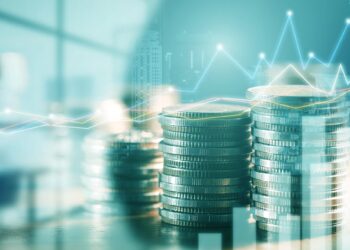AMP Capital has invested US$100 million into building a portfolio of US wind energy projects on behalf of a large Australian superannuation fund.
It made the investment with Capistrano Wind Partners, a company formed by Edison Mission Energy (EME), TIAA-CREF and Cook Inlet Region Inc., alongside a cohort of infrastructure investors.
EME will continue to manage and operate the wind farms, with the investment expected to help fund the growth of future projects to expand its portfolio of five operating projects.
AMP Capital head of infrastructure Europe and North America, Boe Pahari, said the US wind energy market was already well established and was a rapidly growing area of the energy generation market.
"North America is a key area of growth for AMP Capital's infrastructure business," he said.
"The investment in Capistrano Wind Partners will provide our investors with additional geographical diversification and exposure to a portfolio of high-quality wind projects."
It was consistent with AMP Capital's focus on investing in high quality assets across the energy/power, transport and social infrastructure sectors in North America, Pahari said.
EME president Pedro Pizarro said the company welcomed its fourth member and considered it a reflection of confidence in EME's record in wind energy generation projects.
"We look forward to working with all the partners to explore potential additional wind project opportunities for the Capistrano portfolio," he said.
AMP Capital established an office in New York in 2010 and launched a second infrastructure debt fund that invested in Asia, Europe and North America late last year due to demand, it said.




